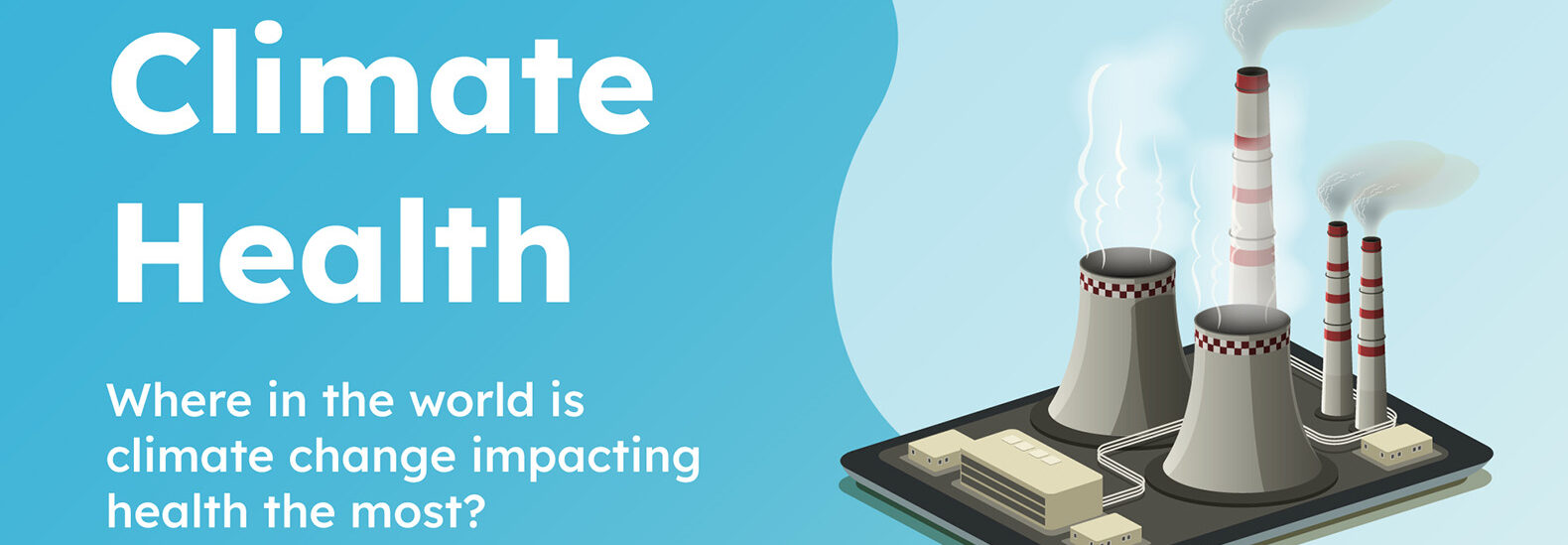Medical Aid, a South African insurance comparison website, investigated the effects of environmental issues like poor water quality, pollution, sanitation and chemical exposure on the health of citizens in 103 countries around the world. The information is summarized in a report titled, “Climate Health: Where in the World is Climate Change Impacting Health the Most?”
Continue reading below
Our Featured Videos
Countries with the healthiest environments
Nordic countries came in at the top of the healthy list with notably cleaner land, air and water.
Related: The best and worst US states for climate change
Iceland has the healthiest environment, with unpolluted air, low temperature increases, clean drinking water and good sanitation. However, exposure to ozone and CO2 emissions are still a concern.
Sweden also offers a relatively clean and livable environment with low exposure to dangerous air pollutants, clean drinking water and sanitation. However, it has a higher temperature increase compared to Iceland.
Finland has a similar climate to Iceland and Sweden and performs well in areas like low exposure to lead and air pollutants, clean drinking water, sanitation and lower ozone exposure.
Tied for fourth place is the United Kingdom and Ireland, both of which offer clean drinking water and relatively low exposure to lead and CO2 emissions. The U.K. outperforms Ireland in sanitation, while Ireland has a lower temperature increase and exposure to ozone and air pollutants.

Countries facing significant health impacts due to climate change
At the other end of the list lies countries dispersed around southern and western Africa, Mexico, Asia and the Middle East.
Iran has the least healthy environment among the countries studied, with high exposure to PM2.5 particles, lead, ozone and volatile organic compounds. It also has a high temperature increase and CO2 emissions per capita.
Equatorial Guinea has poor air quality with high PM2.5 pollution levels, although it has lower levels of ozone and lead exposure compared to Iran. CO2 emissions per capita are also relatively lower.
Morocco experiences a considerable temperature increase and performs poorly in terms of PM2.5 exposure, lead exposure and sanitation. However, it has lower CO2 emissions compared to other countries.
Mongolia is also near the bottom of the health-quality list, facing challenges related to heavy pollution and smog, primarily caused by the burning of coal. It has high levels of PM2.5 exposure, lead exposure and CO2 emissions per capita.
Turkmenistan performs poorly in various factors, including PM2.5 pollution, temperature rise and CO2 emissions. However, its scores for other factors are closer to the international average.
The economically developed world
It’s interesting and important to note that many of the leading economies around the globe perform poorly in categories related to environmental and human health.
Countries such as China, South Africa, Bahrain, Qatar, Kuwait, UAE, the United States, South Korea, Taiwan and Poland experience significant levels of pollution and exposure to dangerous materials, indicating that pollution and unhealthy environments are global concerns.
The impact of climate change on human health
Whether you believe it’s caused by humans or not, the warming planet and changing climate brings a heavy impact to human health.
Extreme weather events
Climate change is associated with an increase in the frequency and intensity of extreme weather events such as hurricanes, heatwaves, floods, wildfires and droughts. These events can lead to injuries, loss of life, displacement and damage to infrastructure, disrupting healthcare services and creating emergency situations that directly impact health.
Heat-related illnesses
Rising temperatures contribute to an increased risk of heat-related illnesses such as heat exhaustion and heatstroke. Heat waves can be particularly dangerous for vulnerable populations, including the elderly, children and individuals with pre-existing health conditions.
Infectious diseases
Climate change can influence the transmission patterns of infectious diseases. Changes in temperature, rainfall and humidity can affect the geographic range and prevalence of disease-carrying vectors such as mosquitoes and ticks. This includes diseases like malaria, dengue fever, Zika virus, Lyme disease and others, which can spread to new regions or become more widespread.
Air quality and respiratory issues
Climate change can worsen air quality by increasing the concentration of pollutants and prolonging the duration of smog episodes. Poor air quality contributes to respiratory problems such as asthma, allergies, and other respiratory diseases. Additionally, wildfires release harmful smoke and particulate matter into the air, further compromising respiratory health.
Food and water insecurity
Climate change impacts agricultural productivity and can lead to food and water scarcity in certain regions. Crop failures, changes in precipitation patterns and droughts can affect food production and availability, leading to malnutrition and food borne illnesses. Water scarcity can result in inadequate sanitation and hygiene, increasing the risk of waterborne diseases.
Mental health and well-being
Climate change-related events, such as natural disasters or displacement, can have profound psychological and emotional effects on individuals and communities. The stress, trauma and loss experienced during these events can contribute to mental health issues such as anxiety, depression, post-traumatic stress disorder (PTSD) and even increased rates of suicide.
Vulnerable populations, including the elderly, children, low-income communities and those with pre-existing health conditions, are often disproportionately affected by the health impacts of climate change. Mitigating climate change, adapting to its effects, improving public health infrastructure and implementing policies that address both climate and health are crucial for protecting human well-being in the face of this global challenge.
Via Medical Aid
Images via Medical Aid

